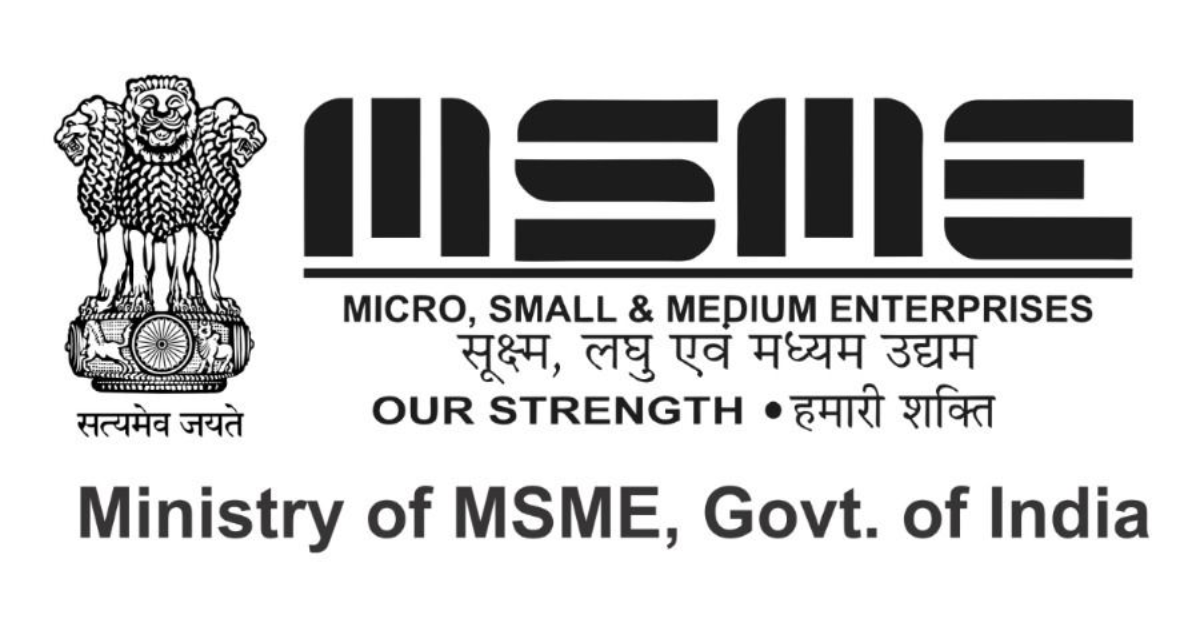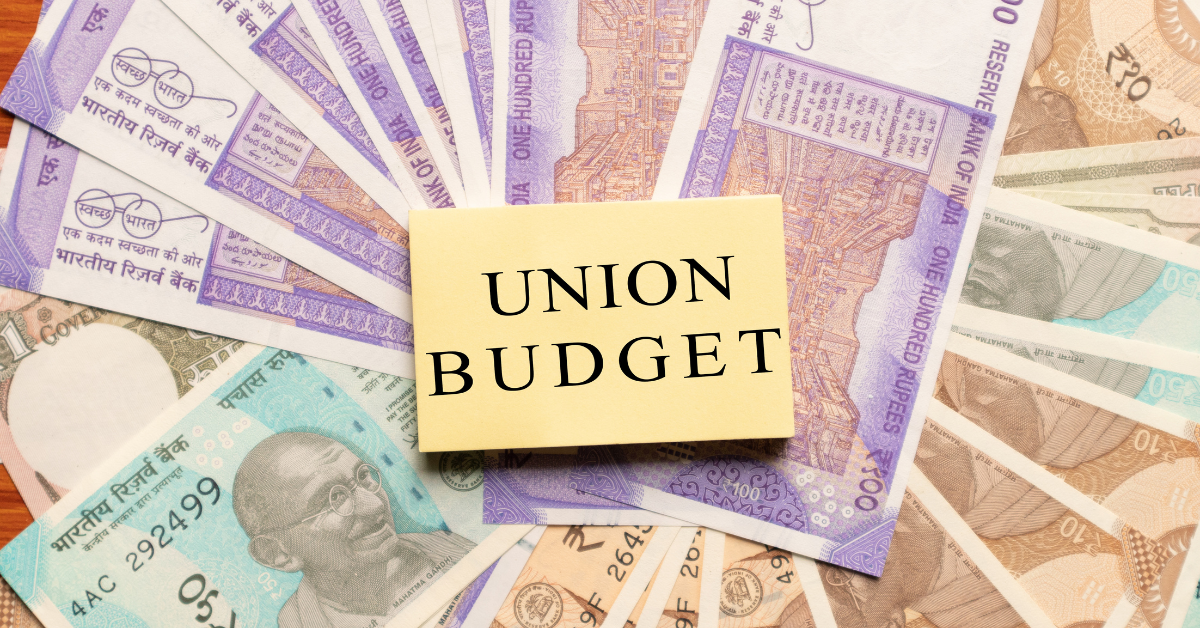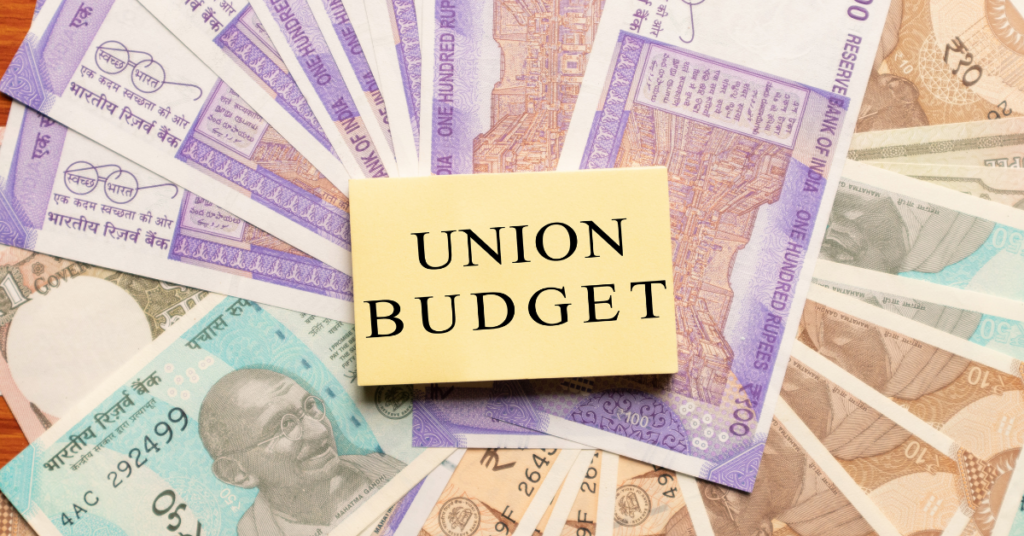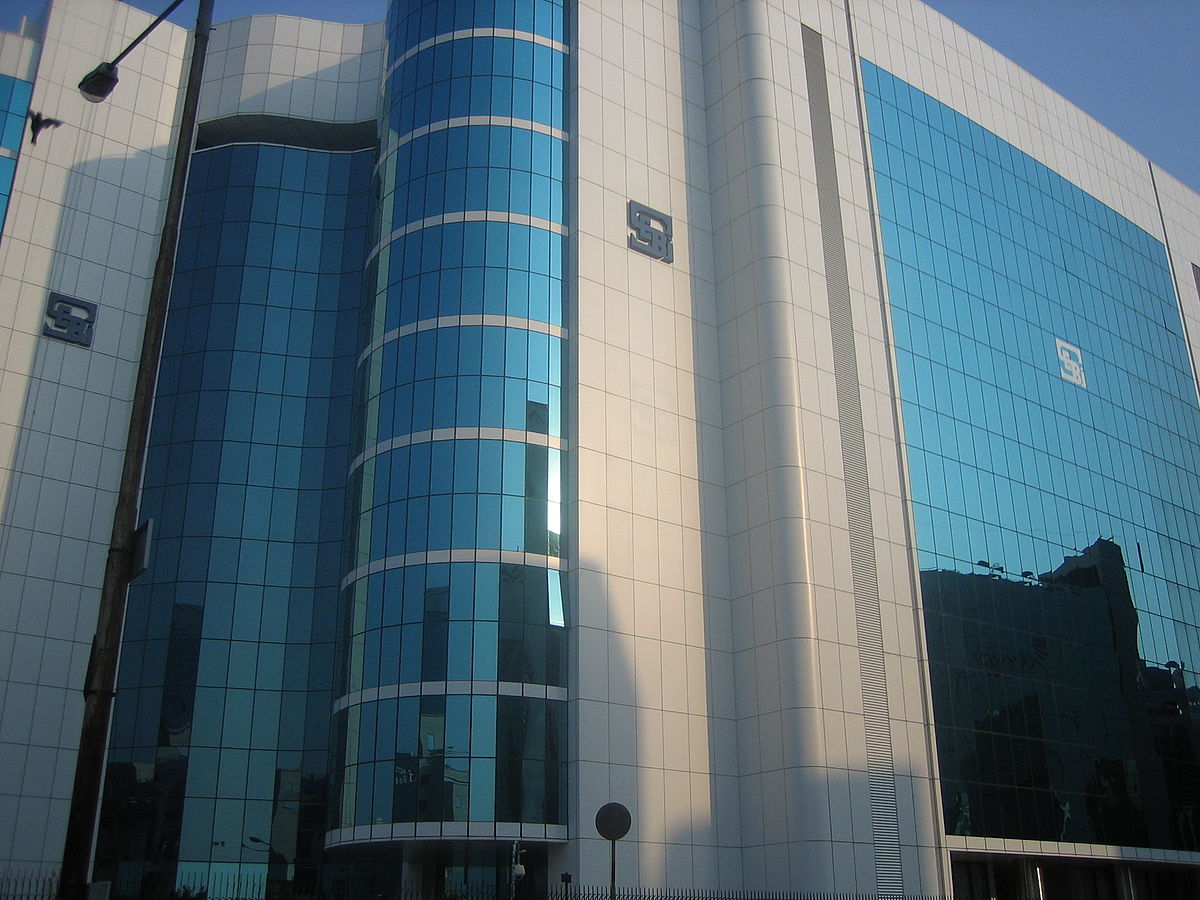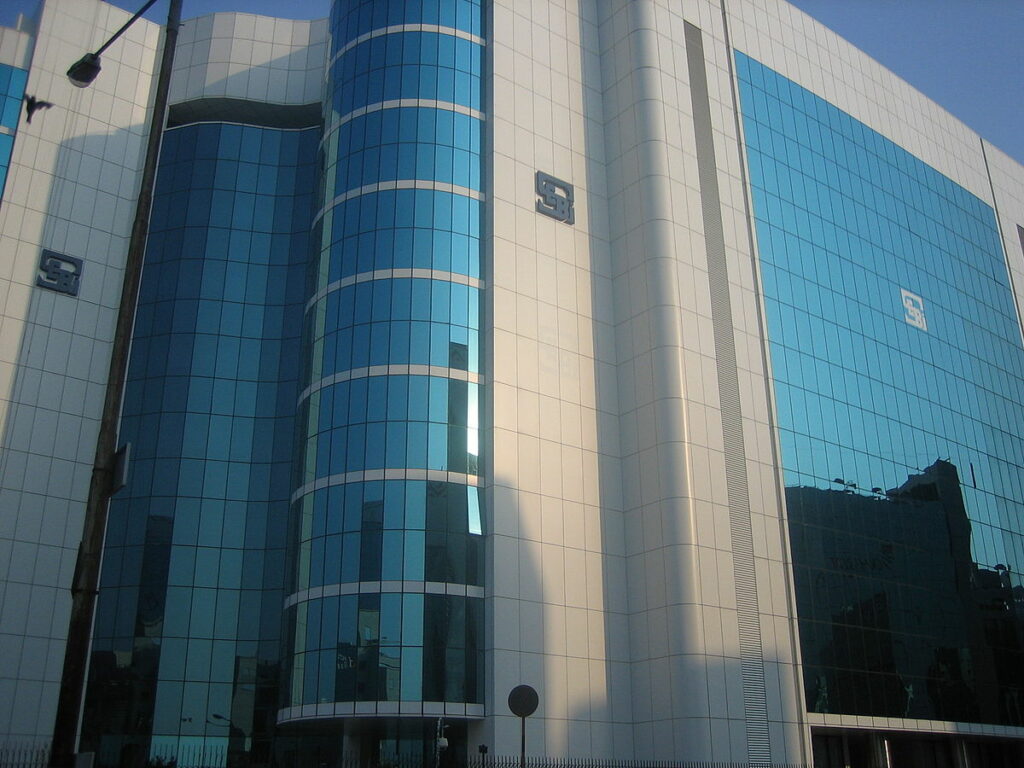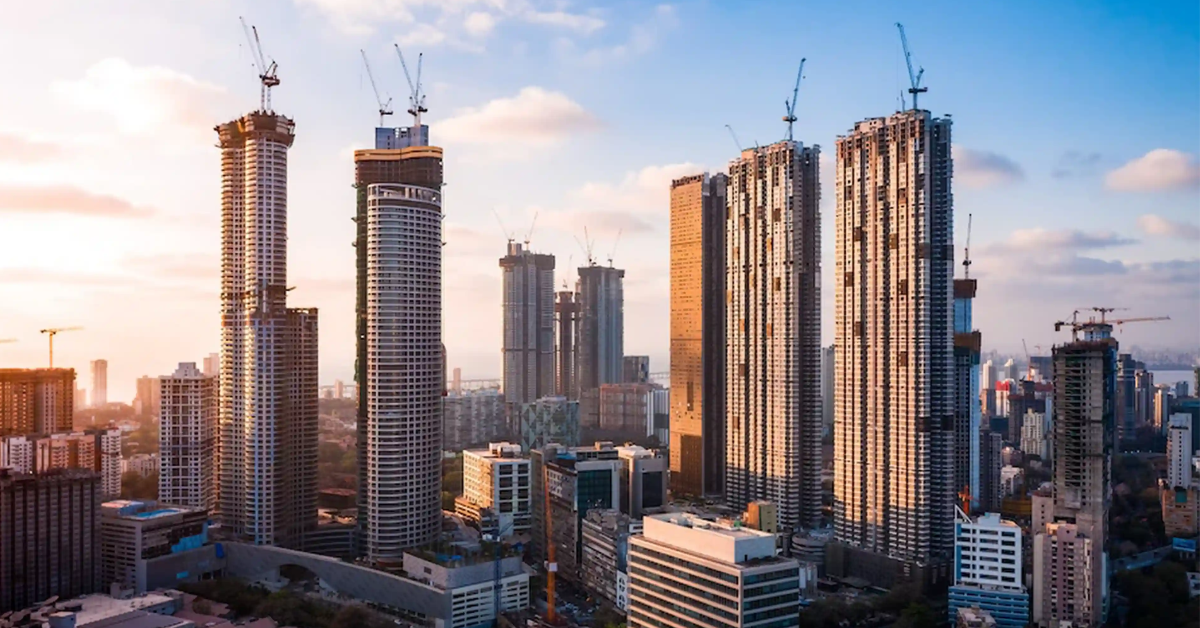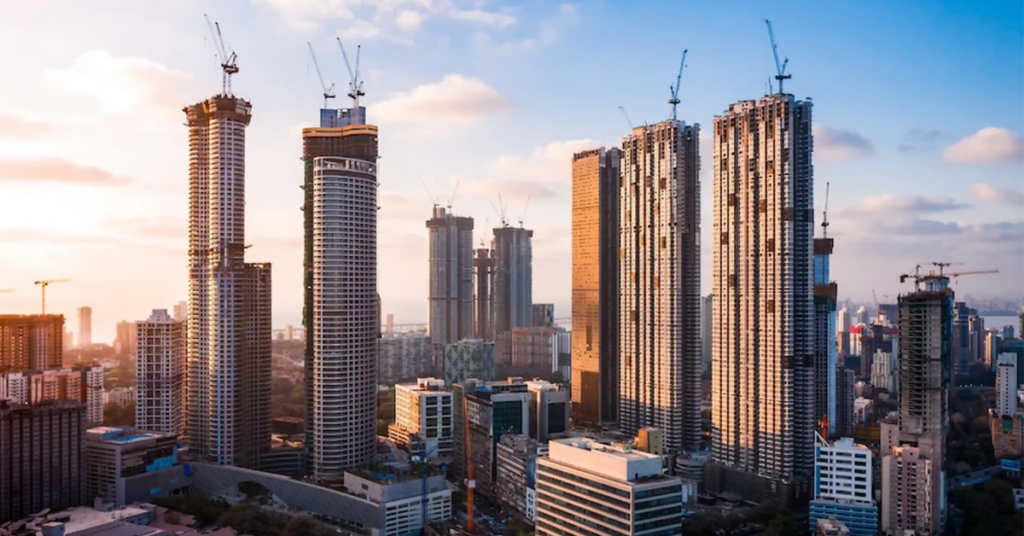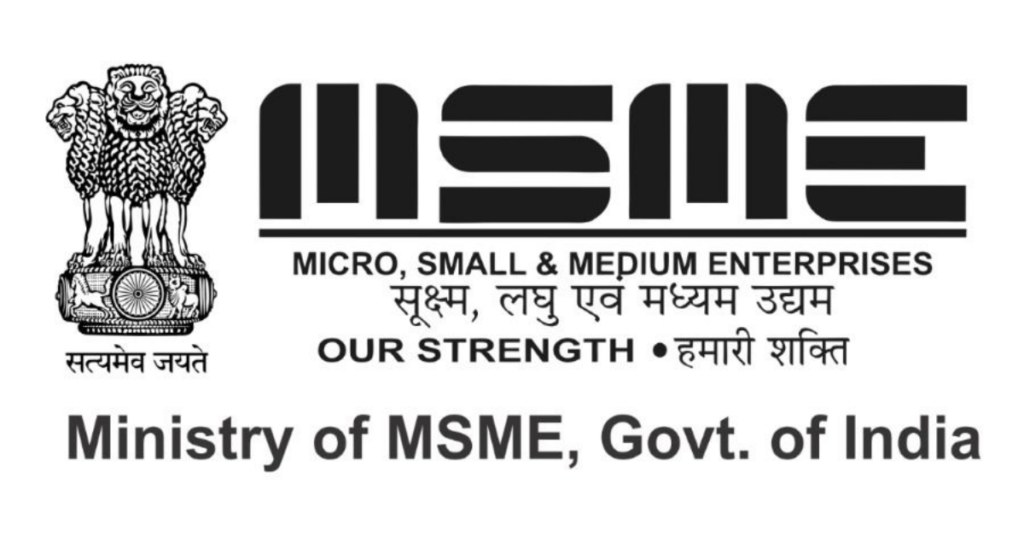
MSME Credit to Benefit from Budget Boost, Counter Unsecured Loan Stress
To enhance credit flow to MSMEs, the government is urging banks to offer collateral-free term loans and additional support during financial stress. The FY25 budget includes a new credit guarantee scheme to help MSMEs in manufacturing secure loans for machinery and equipment without needing collateral or a third-party guarantee.
Indian lenders are beginning to balance expectedly slower growth in unsecured lending due to rising stress with larger financing allocations to MSMEs, which the Centre believes are core to last-mile job creation and deserve greater access to formal funds and budgetary support.
“Lowering growth estimates on the retail side will not bring down overall loan growth, I see it supported by the MSME segment,” said Prashant Kumar, managing director of Yes Bank. “That book is growing at a fast clip of 25%, we are also not seeing any stress in that book.”
To boost credit flows to MSMEs, the government has encouraged banks to give term loans to small businesses without collateral and top-up loans during stress. In the FY25 budget, the finance minister proposed a new credit guarantee scheme to help MSMEs in the manufacturing sector avail term loans for purchasing machinery and equipment without collateral or third-party guarantees.
“Budget proposals are expected to boost financing to the MSME segment and improve MSME assessment,” said MV Rao, chairman of the Indian Banks Association.
A separately constituted self-financing guarantee fund will provide each applicant with a guarantee cover of up to ₹100 crore.
Bank loans to MSMEs climbed to ₹10.4 lakh crore at the end of May 2024, from ₹8.2 lakh crore at the end of May 2022.
Risk Weight Caution
Banks that have reported earnings through July have seen greater stress in their unsecured advances, particularly personal loans. The central bank had raised risk weightings on sections of retail exposure late last year to cool loan disbursements to the segment it believed could pose risks to the broader financial system in the event of rising delinquencies.
Lately, the regulator has also been cautioning against increasing stress related to personal loans and credit cards.
Unsecured loan growth slowed to about 18% in May this year from 23% in November 2023, when the central bank made it less attractive for lenders to advance such credit.
Axis Bank has seen fresh slippages during the June quarter increase to ₹4,793 crore out of which ₹4,200 crore came from the retail segment. “What we continue to indicate is (that) for certain parts of the unsecured portfolio, we are seeing credit costs rise, but they remain well within our risk guardrail,” Puneet Sharma, chief financial officer at Axis Bank said after the bank’s earnings call.
Under Scrutiny
HDFC Bank had said it is cautious of unsecured exposures. “On the unsecured side, we have seen regulators talking about being cautious of credit quality. We are cautious of the credit and calibrate accordingly,” chief financial officer of HDFC Bank, Srinivasan Vaidyanathan said after the bank’s earnings call.
Recently, Axis Bank announced a co-lending partnership with Piramal Finance to offer loans to middle and low-income segment borrowers. A Mumbai-based MSME-focused non-banking financial company, Ashv Finance, and HDFC Bank also announced that they will co-lend unsecured business loans to small and micro enterprises across India. Muthoot Microfin has also made a co-lending partnership with the State Bank of India to extend loans to women entrepreneurs in rural and semi-urban regions across India.
